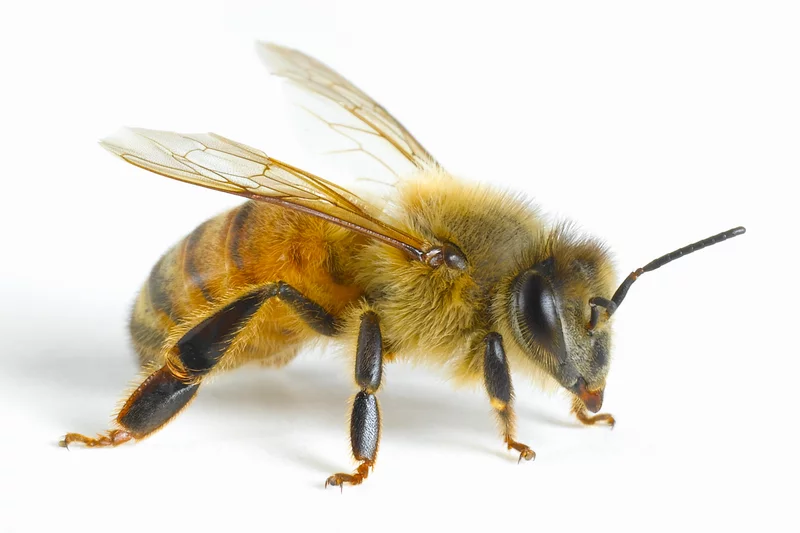Bees require nectar and pollen to feed themselves and raise their young. They must seek the best flowers to forage on to gather their needs. But do you know how bees find the good quality pollen to make their honey?
In the hive, bees dance to each other to communicate where they can find good pollen. The angle of the dance represents the angle relative to the sun, the tempo of the dance represents the distance, the dance’s duration represents the pollen’s quality, and the dancer gives out free samples to anyone watching.
Bees Using Senses and Dancing to Communicate
Smells, pheromones, and dances are two ways honeybees communicate. The bees perform a circle dance when the food source is less than a football field away. The dance is in figure eight if it’s a long distance, even three to five miles away.
The dance will convey the quality of the food source and the amount of food available. Bees navigate by the sun’s position, and the directions provided by the waggle dance are related to the sun’s role in the sky.
A worker bee will perform the waggle dance to inform her sisters of the location of a food source and directions on how to get there. It’s worth noting that humans are the only species capable of giving directions to a food source.
Some bee species will visit multiple flower types, whereas others are more selective, only visiting one or two flower species or genres.
To locate flowers successfully, bees must use a variety of senses and skills. Ted Benton, the author of Solitary Bees, notes that little research has been done on solitary bees compared to honey bees and bumblebees. Still, he claims that all evidence suggests broad similarities in perceptual abilities and foraging behavior across all types of bees. (Source: Frank the Beeman)
What Do Bees Do with the Pollen They Collect?
First, bees collect pollen to eat because it is their protein source. Bee pollen is high in protein, with more protein per ounce than chicken breast. In the hive, bees combine pollen with honey to create what beekeepers call “Bee Bread.” The nurse bees, who care for the developing baby bees or larvae, will consume the bee bread to obtain the nutrients they require to produce the protein-rich substance that the baby bees are fed.
The sense of smell is one of the bee’s superpowers. Bees do not have a nose; instead, they smell with their antennae. It’s pretty impressive because bees can smell in 3D. Consider standing in your kitchen with your eyes closed and seeing it just as well as with your eyes open. That is how strong bees can smell.
Bees use their sense of smell to locate blooming plants containing pollen and nectar. Honeybees have hair all over their bodies, including on their eyes. When a bee lands on a flower, the pollen from the flower jumps onto the bee’s fuzzy body, much like a static charge.
A bee, now covered in tiny pollen particles, will groom itself by combing the pollen off its body with its specialized legs. The pollen will then be pushed into saddlebag-like structures on the bee’s hind legs, resulting in two large pollen balls. The bee will return to the hive once the pollen has been collected.
If a foraging bee finds a good food source after delivering its payload to waiting bees inside the hive, she will tell her hive mates about it. (Source: Frank the Beeman)
Image from NPR
